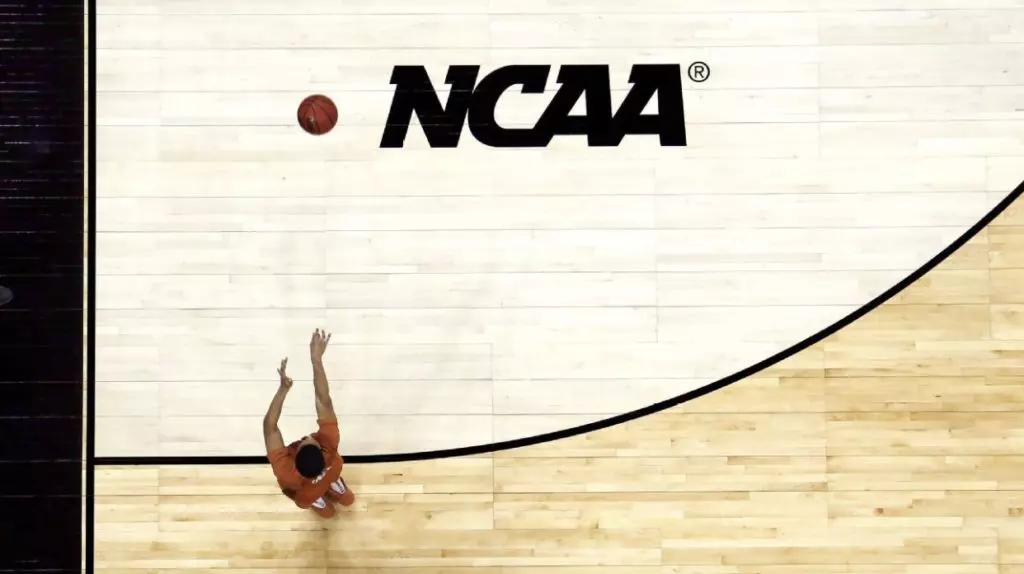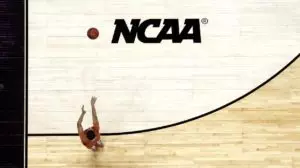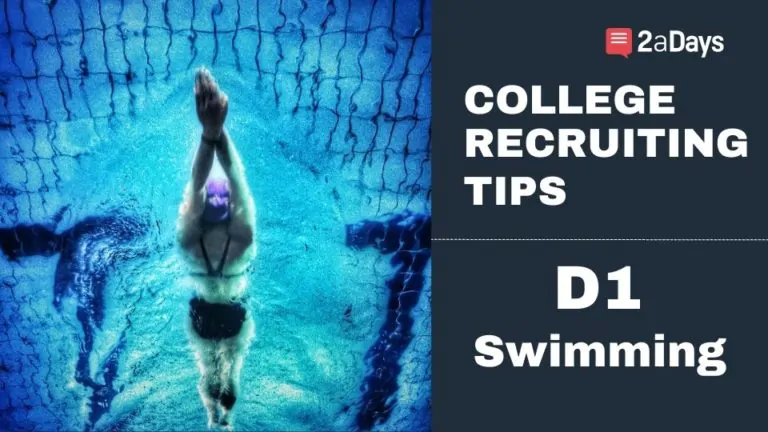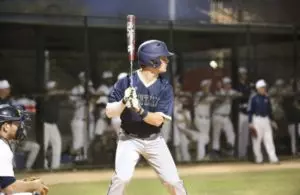The NCAA announced this past Wednesday that they would be moving the 3-point line back to the international competition distance of 22 feet, 1¾ inches. This will immediately be implemented for the upcoming 2019-2020 season for Division I programs, but Division II and III will not be moving the 3-point line until the 2020-2021 season. The NCAA approved the rule change Playing Rules Oversight Panel whose primary motive for the change was to allow for more freedom of movement within the game and to open up the court to resemble the professional game of basketball. The effects of this change are more frequent drives to the basket and more challenging 3-point attempts making them slightly less prevalent.
Over the past decade or so, the 3-point revolution has made its journey down to college basketball. This trend has been evident in the NBA with the pioneering effort of Steph Curry, whose godly shooting abilities have turned the perception and success rate of 3-point shooting on its head. The style of play has changed in the NBA as more and more teams (Rockets and Warriors, for example) have begun using the three-point ball evermore frequently. Their style of play and the success they have achieved because it has had its effect on the NCAA game as coaches and players have adopted the “just shoot it” mentality. Astonishingly, however, the NCAA game uses 3-point shots at an even higher rate than the NBA. There are only four NBA teams that have a higher 3-point rate than the college average! Crazy enough, the Houston Rockets and the Brooklyn Nets are the only two pro teams that would rank in the top one-hundred in terms of three-point rate in college. That is a massive difference between the NBA and the NCAA, and it is remarkable to think how quickly this change has had a tangible effect on the way the game is played throughout the different levels of the sport.
This change has been dramatic and has impacted college hoops quicker than many would have expected. The first time the 3-point line was used in college hoops was for the 1986-87 season. During that inaugural year, college teams attempted only 15.7% of their shots from beyond the arc. That number was up to 37.5% last year, more than double from the first season and up by 4% from just last year. This isn't the first time, however, that the 3-point line has been moved back in the NCAA. In 2008, the NCAA pushed the three-point line back a foot. It took about seven years for the 3-point rate to start trending up again. The three-point rate hovered around 32-33% for the seven years after the rule change until the 2015-16 season where the rate jumped to 35.4% and has continued to rise for each following year.
I caught up with Arcadia University forward, senior Kyle Reilly, and asked him how he thought the rule change would affect the game.
Knee-jerk reaction to this 3-point rule change?
“I think the change is overall a good one and one that will be positive for the game in terms of how it is played. College basketball has been trending towards getting the most three-point shooters on the court at a time which has pushed for lineups with three or four guards and almost demanded any big to be able to shoot the three ball comfortably.”
On the recent explosion of 3-point shooting rate.
“Some teams have been finding success in five-guard lineups where three-point shooting is the main source of offense…while exciting at times these trends limit the game to be playing in one specific way.”
Effects on the Future of the Game?
“I think teams will be forced to revert back to a more balanced style of play where they look to score in a number of different ways, thus involving a revival of position players that have nearly disappeared on some teams…I think we will see three-pointers become more special and pivotal as they are successful at a lesser rate, and ultimately play a role close to the one that they had when they were initially brought into the game.”
Do you think the rule change would have changed recruiting for college?
“I'm not really sure. I think talented post players are already highly sought after as it is, and this only increases their value. Maybe teams will look to carry more post players/bigs to their roster as their role increases.”
I was also able to speak with Christian Fioretti, a senior guard at Oberlin College.
Impact on the game
“In terms of impacting the game, I think that both individual and team three-point percentages will definitely drop a bit. This will be especially true in the first couple of years of implementation, as it will take a bit for college players to get used to the new change.”
Impact on the players
“For certain players that are barely able to shoot at the current three-point line, it will encourage them to take it to the rim more or develop more range into their game.
Impact on the team
“For teams, it will allow for more space and room to operate, which is what I think the NCAA wants. Also, there will be fewer three-point attempts throughout the game and it could mean more reliance on post players.
He concludes “Overall, I like the decision, but it will take everyone within the game a bit to adjust.”
This 3-point line change seems to have been accepted by current NCAA basketball players and should be welcomed by the variety of High School athletes who are looking to continue playing in college. I have watched basketball all of my life, and the trend in college basketball has been evident lately. The three point-ball has been dominating the game in the past five years, and the players that excelled at playing with their backs to the basket and have dominated the point have been put on the endangered species list. The days of Kevin McHale's and Patrick Ewing's have seemed to give way to the quick-shooting, deep threats like 2018's 5th overall pick Trae Young. Videos of kids doing their best Steph Curry impression have begun to saturate social media, as fearless high schoolers have begun to spot up from anywhere past the half-court line. The infamous Instagram video of Lamelo Ball pointing at the half-court line and then sinking a shot from 40 plus feet is the epitome of the trend.
This rule change should have a positive effect on the diverse range of players who specialize in all things but shooting the three shots. Big postmen should be excited about the influx of space in and around the basket that should result from this change. Speedy and shifty guards will now have more space and thus the opportunity to drive the basket instead of taking a contested 3-pointer. Also, the analytics of the game will now be in favor of less 3-point shots. We have all heard about how analytics and math-geeks have begun to take control of the way a lot of sports are being played (the shift in baseball is a great example). So with moving the 3-point line back, it is evident that the success of the three-point ball will diminish, which will in part improve the value of shots taken closer to the basket. In other words, every offensive possession in basketball is looking for the “best possible shot,” so with the 3-point line pushed back this “best possible shot” will more frequently NOT be a 3-pointer.
It has become evident that kids growing up playing basketball have started to play with more style. Many college coaches have seen an increase in high school players who are shooting the three, especially in positions that historically did not shoot from deep, like the four and five. Every AAU team seems to have a four that can shoot the three-ball, and it has become more and more common to see a high school center who can pull up from past the arc, something that would have been taboo a mere twenty years ago. I am by no means saying that these types of players will be phased out of the game but rather that the game itself will feel an immediate impact in the way that it is played. I would not be surprised if the three-point shooting rate fell as it did when the NCAA pushed the three-point line back in 2008.
* Originally published on June 24, 2019, by Cameron Eddy







